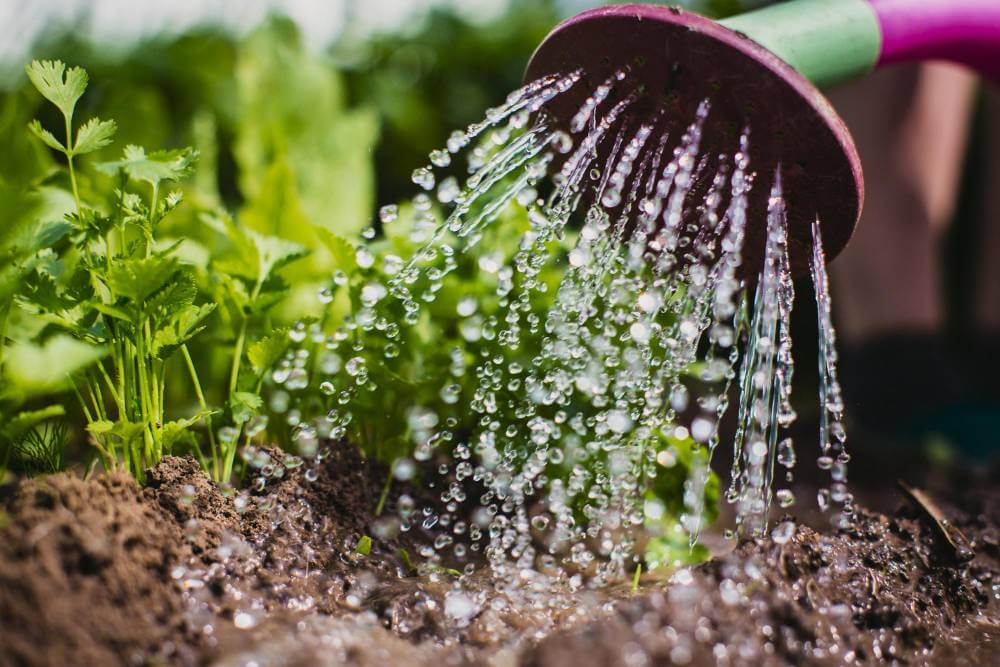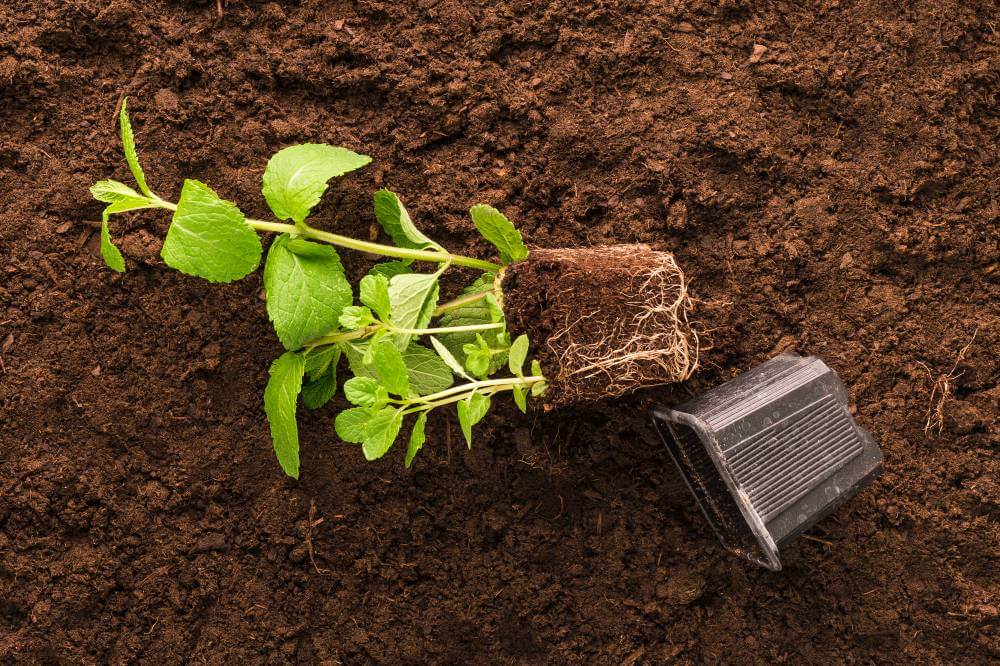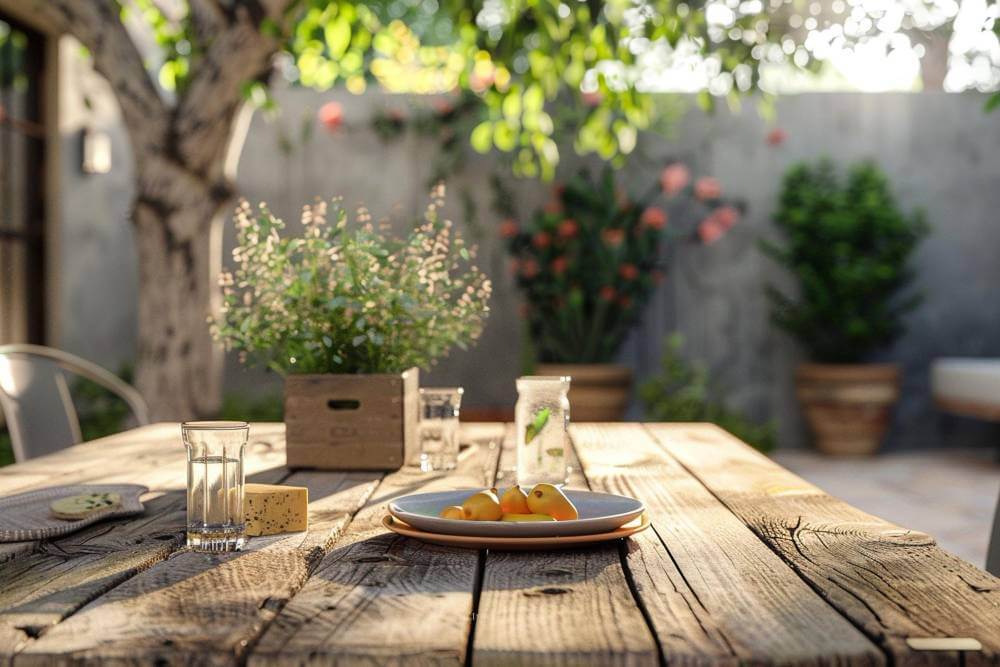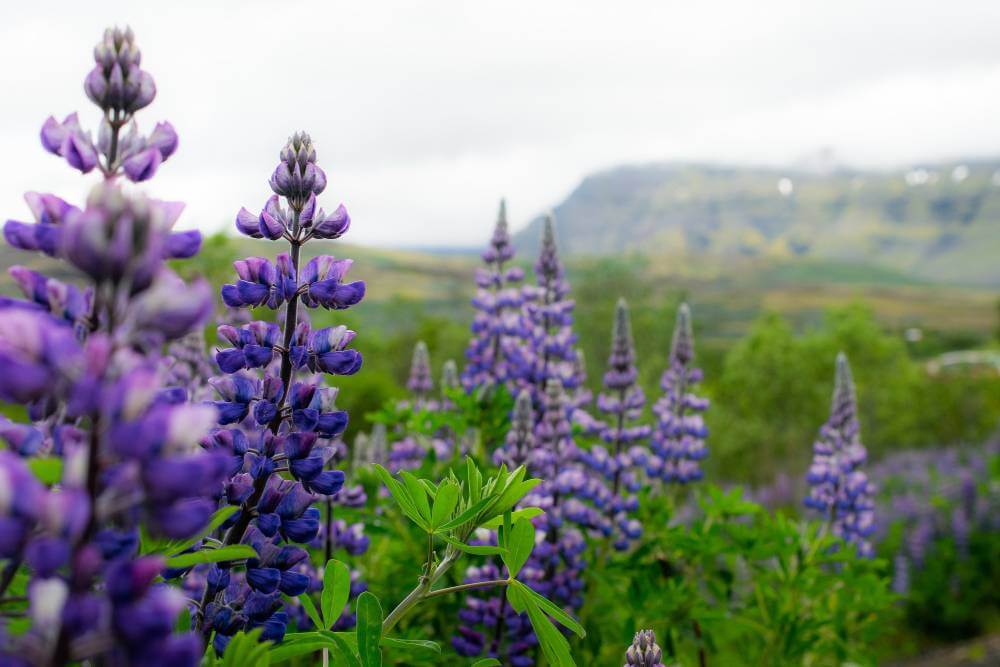Hey there, fellow gardeners! Today, we’re diving into the delightful world of oregano – that aromatic herb that adds a burst of flavor to countless dishes. Join me as we embark on a journey to master the art of growing oregano like a seasoned pro. From selecting the perfect variety to nurturing your plants through every season, I’ve got all the tips and tricks you need for oregano-growing success. So, let’s get started!
Unveiling Oregano’s Wonders: Benefits and Typical Uses
Let’s kick things off by exploring the fantastic benefits and typical uses of oregano. Besides its delightful flavor, oregano is packed with essential vitamins and minerals, making it a powerhouse herb for both culinary and medicinal purposes. Rich in vitamins A, C, and K, oregano provides crucial support for immune function, skin health, and blood clotting. Additionally, oregano is a good source of minerals like iron, manganese, and calcium, which are vital for maintaining bone health, energy production, and muscle function. Its antioxidant properties help combat oxidative stress and inflammation in the body, while its antimicrobial compounds offer protection against harmful bacteria and viruses.
Whether you’re sprinkling it on pizza, infusing it into oils, or brewing it into teas, oregano adds a savory punch to any dish while promoting overall health and well-being.
Diverse Delights: Exploring Oregano’s Different Varieties
Did you know that oregano comes in various varieties, each with its own unique flavor and aroma? From the classic Greek oregano with its robust flavor to the delicate sweetness of Italian oregano, there’s a variety to suit every taste and culinary preference. Other popular varieties include Mexican oregano, Turkish oregano, and Syrian oregano, each offering its own distinct characteristics and uses. Experimenting with different oregano varieties allows you to explore new flavor profiles and discover your favorites for different dishes and cuisines.
Annual or Perennial: Deciding on Oregano’s Lifecycle
One of the first decisions you’ll need to make when growing oregano is whether to cultivate it as an annual or perennial. While most oregano varieties are perennial herbs, meaning they can live for multiple years, some are grown as annuals in colder climates. Greek and Italian oregano are commonly grown as perennials, while varieties like Hot & Spicy oregano may be treated as annuals in cooler regions. Consider your local climate and gardening goals when choosing which type of oregano to grow in your garden.
Planting Season Secrets: Oregano’s Preferred Timing
When it comes to planting oregano, timing is key to success. Oregano thrives in warm, sunny weather, so it’s best to plant it in the spring after the last frost has passed. This allows the plants to establish strong roots and foliage before the heat of summer sets in. If you’re starting from seeds, you can sow them indoors 6-8 weeks before the last expected frost date and transplant them outdoors once the weather warms up.
Sunshine Serenade: Oregano’s Preference for Light
As sun-loving herbs, oregano plants thrive in full sunlight, soaking up at least 6-8 hours of direct sunlight each day. Whether you’re growing oregano in a garden bed, raised container, or hanging basket, be sure to place it in a location where it will receive ample sunshine. While oregano can tolerate partial shade, it may not grow as vigorously or produce as much flavorful foliage. So, give your oregano plants the spotlight they deserve and watch them flourish in the sunshine!
Winter Wellness: Tips for Oregano’s Cold Care
While oregano is a hardy herb that can withstand cold temperatures, it may need a little extra care to survive harsh winter conditions. In colder climates, oregano plants may die back to the ground in the winter and reemerge in the spring. To protect your oregano plants from frost and freezing temperatures, consider mulching around the base of the plants with straw, leaves, or compost to insulate the soil and roots. You can also cover the plants with a layer of frost cloth or row cover to provide additional protection during cold snaps. With a little winter care, your oregano plants will bounce back stronger than ever when spring arrives.
Seeds or Seedlings: The Great Oregano Growing Debate
When it comes to growing oregano, you have two primary options: starting from seeds or purchasing seedlings. Growing oregano from seeds allows you to experience the full lifecycle of the plant, from germination to harvest. It also gives you more control over the variety of oregano you grow and allows you to save seeds for future plantings. Alternatively, purchasing established seedlings or potted plants provides a head start on harvesting fresh oregano and can be a convenient option for beginner gardeners or those with limited time. Whichever method you choose, be sure to provide your oregano plants with proper care and attention to ensure a bountiful harvest of flavorful foliage.
Cutting-Edge Cultivation: Growing Oregano from Cuttings
Another option for growing oregano is to propagate it from cuttings, a process known as vegetative propagation. This method allows you to create new oregano plants from mature stems without relying on seeds or seedlings. To propagate oregano from cuttings, select a healthy, established plant with strong, vigorous growth. Use clean, sharp scissors or pruning shears to take a cutting from the tip of a stem, making sure it is at least 3-4 inches long. Remove any lower leaves from the cutting and place them in a glass of water or potting soil. Keep the cutting in a warm, sunny location and ensure that the soil remains moist but not waterlogged. Within a few weeks, roots should begin to form, and you can transplant the cutting into a larger pot or directly into the garden. With a bit of patience and care, you’ll soon have a thriving oregano plant ready to spice up your culinary creations.
Indoor or Outdoor? Growing Oregano Anywhere!
When it comes to growing oregano, flexibility is the name of the game. Whether you have a sprawling garden or just a sunny windowsill, oregano can thrive indoors or outdoors. For indoor cultivation, choose a location near a south-facing window where your oregano plants can bask in at least six to eight hours of sunlight each day. Alternatively, if you have outdoor space, plant oregano in well-draining soil in a sunny spot in your garden or in containers on your patio or balcony. Regardless of where you choose to grow it, oregano adapts well to various growing conditions and can thrive in both indoor and outdoor environments.
Soil Secrets: Unveiling the Best Soil for Oregano
To cultivate healthy and flavorful oregano plants, start with the right soil. Oregano prefers well-draining soil with a slightly alkaline pH level. A mixture of sandy loam and organic matter, such as compost or aged manure, provides the perfect growing medium for oregano. Ensure that the soil is loose and aerated to promote healthy root development and prevent waterlogging, which can lead to root rot. Whether you’re planting in the ground or in containers, amending the soil with organic matter will improve its texture and fertility, setting the stage for thriving oregano plants.
Potting Perfection: Growing Oregano in Containers
Growing oregano in pots is a convenient option for gardeners with limited space or those who want to enjoy fresh herbs right outside their door. Select a container that is at least 12 inches deep with drainage holes in the bottom to prevent waterlogging. Fill the pot with a well-draining potting mix, leaving about an inch of space between the soil surface and the rim of the pot. Plant oregano seeds or seedlings in the center of the pot, spacing them evenly apart. Water the soil thoroughly after planting and place the pot in a sunny location where it will receive ample sunlight. Keep the soil consistently moist but not waterlogged and fertilize the oregano plants with a balanced fertilizer every four to six weeks to promote healthy growth and abundant foliage.
Hydroponic Hype: Cultivating Oregano Hydroponically
For those looking to take their oregano-growing game to the next level, hydroponic cultivation offers an innovative and efficient method for growing herbs indoors. Hydroponic systems provide plants with a nutrient-rich solution instead of soil, allowing them to grow faster and produce higher yields in a controlled environment. To grow oregano hydroponically, set up a hydroponic system with a reservoir, pump, and growing tray filled with a nutrient solution. Plant oregano seeds or seedlings in the growing medium, ensuring that the roots are submerged in the nutrient solution. Place the hydroponic system in a well-lit area or under grow lights to provide the oregano plants with adequate light for photosynthesis. Monitor the nutrient levels and pH of the solution regularly to ensure optimal growth and productivity. With proper care and attention, you’ll be harvesting fresh oregano from your hydroponic garden in no time.
Watering Wisdom: Keeping Oregano Hydrated
Proper watering is essential for healthy oregano plants. While oregano prefers slightly dry conditions, it’s crucial to keep the soil consistently moist, especially during hot, dry weather. Water oregano plants deeply but infrequently, allowing the soil to dry out slightly between waterings. Avoid overwatering, as oregano is susceptible to root rot in waterlogged soil. When watering, aim to moisten the soil evenly, ensuring that water reaches the roots of the plants. Consider using a soaker hose or drip irrigation system to deliver water directly to the soil and minimize water waste. By providing your oregano plants with the right amount of water, you’ll promote healthy growth and flavorful foliage.
Planting Partners: Oregano’s Companions in the Garden
Companion planting with oregano is a smart strategy for promoting plant health, repelling pests, and attracting beneficial insects to your garden. Oregano pairs well with a variety of herbs, flowers, and vegetables, including basil, thyme, tomatoes, and peppers. Its aromatic foliage helps repel pests like aphids, spider mites, and cabbage moths, protecting neighboring plants from damage. Oregano also attracts beneficial insects such as bees, butterflies, and hoverflies, which pollinate flowering plants and prey on harmful pests. Consider interplanting oregano with your favorite garden crops to create a biodiverse and pest-resistant growing environment that will benefit all your plants.
Pollinator Paradise: Oregano’s Irresistible Charm
Oregano is not only a favorite among gardeners but also among pollinators such as bees, butterflies, and hoverflies. The small, delicate flowers of oregano produce nectar and pollen that attract these beneficial insects, making it a valuable addition to any pollinator garden. Bees, in particular, are drawn to oregano’s fragrant blooms and will eagerly visit the flowers to collect nectar and pollen for their hives. By planting oregano in your garden, you can provide essential food sources for pollinators and help support their populations. Additionally, having pollinators around can increase fruit and vegetable yields in your garden by ensuring proper pollination. So, let your oregano plants bloom and watch as they become a buzzing hub of activity for these important garden visitors.
Pruning Paradise: Oregano’s Trimming Techniques
Regular pruning is essential for maintaining healthy and productive oregano plants. When oregano plants reach a height of 6 to 8 inches, pinch off the growing tips to encourage bushier growth and prevent them from becoming leggy. You can also harvest individual leaves and stems as needed for culinary use, taking care not to remove more than one-third of the plant at a time. Pruning promotes air circulation around the plants, reduces the risk of disease, and stimulates new growth. By staying on top of pruning, you’ll keep your oregano plants compact and vigorous, ensuring a steady supply of fresh leaves for all your culinary creations.
Pest Patrol: Keeping Oregano Pests at Bay
Despite its aromatic foliage, oregano is still susceptible to attack by common garden pests such as aphids, spider mites, and whiteflies. To protect your oregano plants from pests, inspect them regularly for signs of infestation, such as yellowing leaves, distorted growth, or the presence of pests themselves. If you notice any pests, gently remove them by hand or blast them off with a strong stream of water. Alternatively, you can use organic pest control methods such as neem oil spray, insecticidal soap, or companion planting with pest-repelling herbs like basil and mint. By staying vigilant and taking proactive measures, you can keep your oregano plants healthy and pest-free throughout the growing season.
Wrapping Up
So, there you have it – everything you need to know to grow oregano like a pro! From selecting the perfect soil to pruning for optimal growth, I’ve covered it all in this comprehensive guide. So, grab your gardening tools, and let’s get growing!
Don’t forget to explore my other posts for more gardening tips, tricks, and inspiration.







